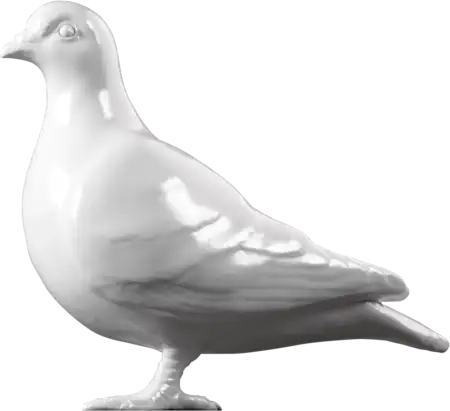Paintings, Prints & Drawings — 1840; 1867-02; 1867-03
The British Beehive
This was one of the last copper plate etchings made by George Cruikshank and it shows a classification of British society as a bee hive with fifty-four cells, a base and nine layers representing the classes and trades. Royalty is at the top, the navy, armed services and volunteers at the foundation. A crown is at the pinnacle of the print with the Royal Standard on the left and the Union Jack on the right. The beehive is shown as the ideal industrious model of enterprise and stability.
Originally drawn in 1840, the year in which Queen Victoria was married to Prince Albert, it was not etched until 1867 when Cruikshank wished to protest against the proposed new reform act to increase the franchise to the working classes. The etching was later reissued as a coloured version entitled 'A Penny Political Picture for the People'.
It encapsulates Britain in the mid-nineteenth century as described by Charles Dickens in his novel Little Dorrit: 'Keep always at it, and I’ll keep you always at it, and you keep somebody else always at it. That’s the whole duty of man in a commercial country!'
- Category:
- Paintings, Prints & Drawings
- Object ID:
- A14764
- Object name:
- The British Beehive
- Artist/Maker:
- Cruikshank, George, Tweedie, William
- Related people:
- Related events:
- Related places:
- Production date:
- 1840; 1867-02; 1867-03
- Material:
paper, ink
- Measurements/duration:
- H 251 mm, W 201 mm (paper)
- Part of:
- —
- On display:
- —
- Record quality:
- 100%
- Part of this object:
- —
- Owner Status & Credit:
Permanent collection
- Copyright holder:
digital image © London Museum
- Image credit:
- —
- Creative commons usage:
- —
- License this image:
To license this image for commercial use, please contact the London Museum Picture Library.

